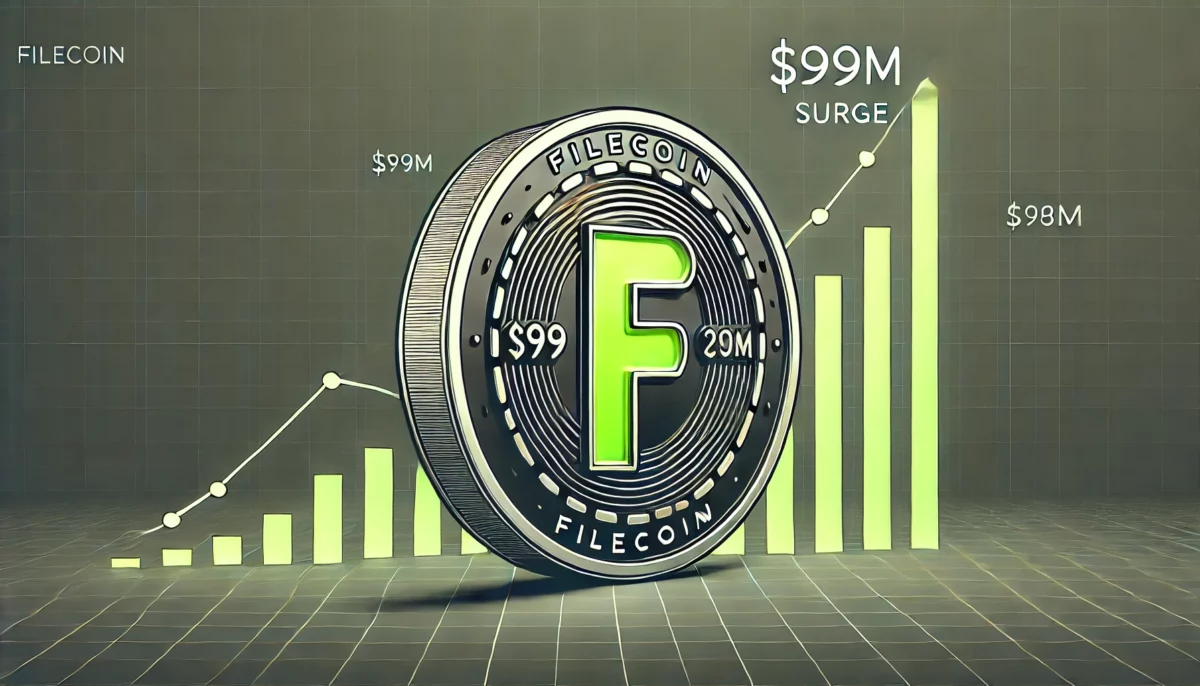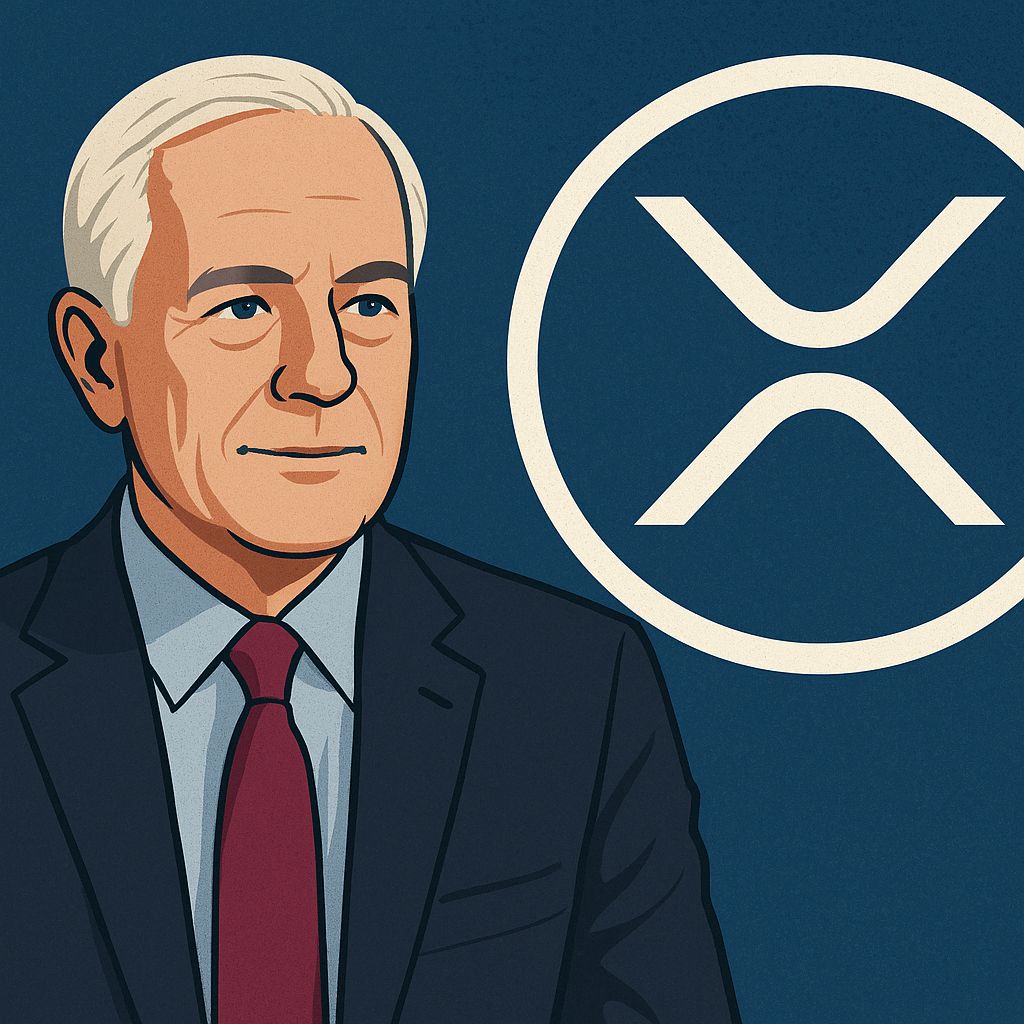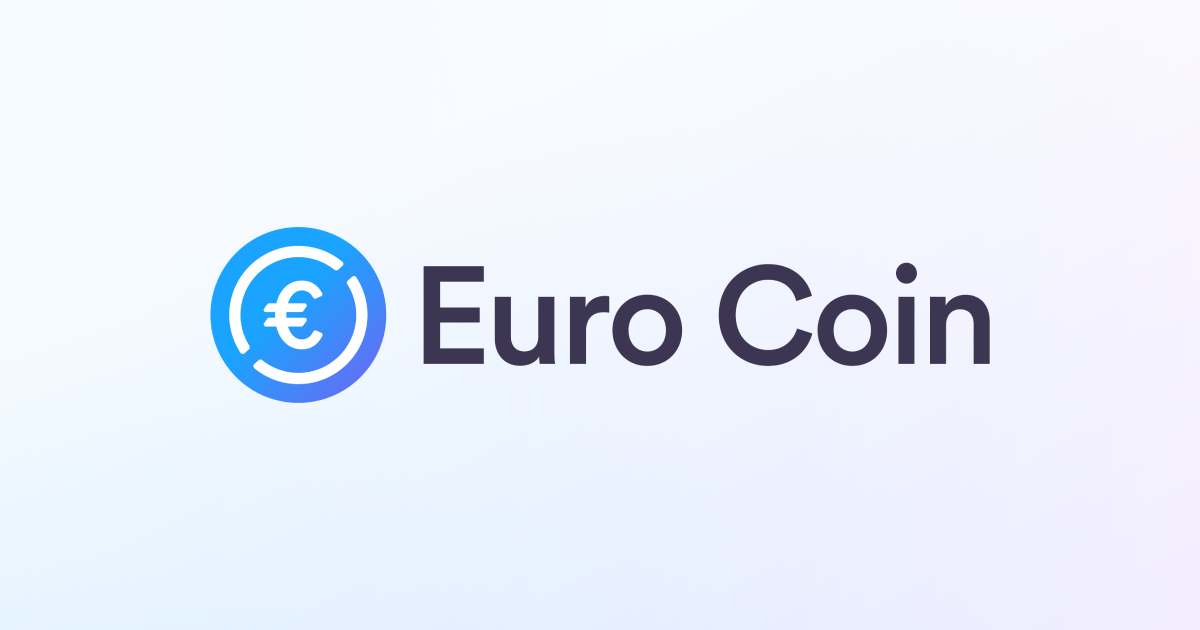Stacks' Nakamoto Upgrade is bringing a new era to Bitcoin DeFi
Stacks ( STX ) — the largest Bitcoin layer-2 network in terms of market capitalization, one of the oldest and most dedicated Bitcoin ( BTC ) projects and home to a thriving ecosystem — is undergoing the biggest upgrade in its history. It will change how many perceive Bitcoin.
On Aug. 28, the network's Nakamoto Upgrade will activate. It will cause several fundamental changes, among them:
- Transaction speeds on the network will see a major boost, with settlement times dropping from 10 to 30 minutes or more — which mirror Bitcoin’s timing — to around five seconds. This represents a 100x improvement and will dramatically transform the usability of the network.
- Four weeks after the Nakamoto Upgrade is implemented, sBTC — a decentralized asset backed 1:1 by Bitcoin — will be introduced. sBTC will facilitate the transfer of BTC between the Bitcoin blockchain and Stacks, and will also be used as gas in transactions.
These advancements will be game-changers for the ecosystem of decentralized finance (DeFi) applications built on Bitcoin.
To date, projects built on top of the Stacks blockchain have suffered from the Bitcoin network’s lackluster speeds. This created a sub-optimal user experience, foreclosed the possibility of high-volume use cases and restricted builders from providing complex DeFi products.
Related: ‘Bitcoin layer 2s’ aren’t really L2s at all: Here’s why that matters
A clear example of this challenge is Velar, one of the most popular decentralized exchanges (DEX) in the Stacks ecosystem. Despite being fully optimized, its user experience falls far short of its peers on other networks — such as Uniswap. Once the Nakamoto Upgrade takes effect, Velar’s user experience should be on the same level as its peers — with the added advantage that Velar products will be built on top of the world’s largest and most decentralized blockchain.
In sum, the Stacks network and all of its products should see a release of potential that has been held back for many years. What makes it even more special is the timing of the upgrade.
Unlike Ethereum ( ETH ) and Solana ( SOL ), which have seen a variety of viral products built on their networks, the market has rarely shown much enthusiasm for developments around Bitcoin. Interest has traditionally focused on Bitcoin as an asset, rather than on its ecosystem.
Related: Did Bitcoin Runes already peak?
However, this began to shift in early 2023 with the introduction of the Ordinals Protocol, which popularized the creation of non-fungible tokens (NFTs) and fungible tokens within the Bitcoin network.
This reignited a wave of new interest and innovation around the world’s largest blockchain, leading many to refer to this period as Bitcoin's second phase, in which discussions about Bitcoin’s scalability, building Web3 products on Bitcoin, investments in BTC L2s, and Bitcoin DeFi have reached an unprecedented intensity.
Before Ordinals, there were only 4-5 Bitcoin L2s.
— Trust Machines (@trustmachinesco) August 17, 2024
After Ordinals, there are over 85 Bitcoin L2s.
Our COO @RenaPShah thanks Ordinals creator @rodarmor for kickstarting the new builders culture on Bitcoin pic.twitter.com/iwzRuuM5dL
This shift is evident in the fact that before Ordinals, there were only a handful of Bitcoin L2s. Today, there are roughly 80 Bitcoin L2s, and more are in development. Many of these are backed by investments from major funds such as Pantera, Coinbase, Polychain, OKX Ventures and Binance — among others — demonstrating the heightened level of institutional interest in this new phase of Bitcoin.
That said, the biggest upgrade in Stacks' history and the launch of sBTC couldn’t have come at a better time. On one hand, the ecosystem is much more vibrant and mature, ready to recognize the true value of this achievement. On the other hand, it will further fuel the fire of innovation that has been burning around Bitcoin since the emergence of the Ordinals protocol.
This situation prompts some intriguing reflections for the crypto ecosystem. With a growing number of projects now exploring Web3 development on Bitcoin, and networks like Stacks paving the way with faster, cheaper platforms that support smart contracts, one has to wonder: What does the future hold for Ethereum, given that the same products can now be developed on Bitcoin?
While it's too soon to reach definitive conclusions, it's undeniable that this is a question few would have asked two years ago, but today it has become a key topic for reflection.
This article is for general information purposes and is not intended to be and should not be taken as legal or investment advice. The views, thoughts, and opinions expressed here are the author’s alone and do not necessarily reflect or represent the views and opinions of Cointelegraph.
Disclaimer: The content of this article solely reflects the author's opinion and does not represent the platform in any capacity. This article is not intended to serve as a reference for making investment decisions.
You may also like
FIL Price Forecast: Explosive Growth Likely After Filecoin (FIL) v1.32.2 Upgrade

Teucrium CEO Endorses XRP as Essential for Future Financial Infrastructure

EURC Hits New Record as Demand Grows Across Blockchains

Strategy₿ Resumes Bitcoin Acquisitions, Buys $285.8M in BTC

